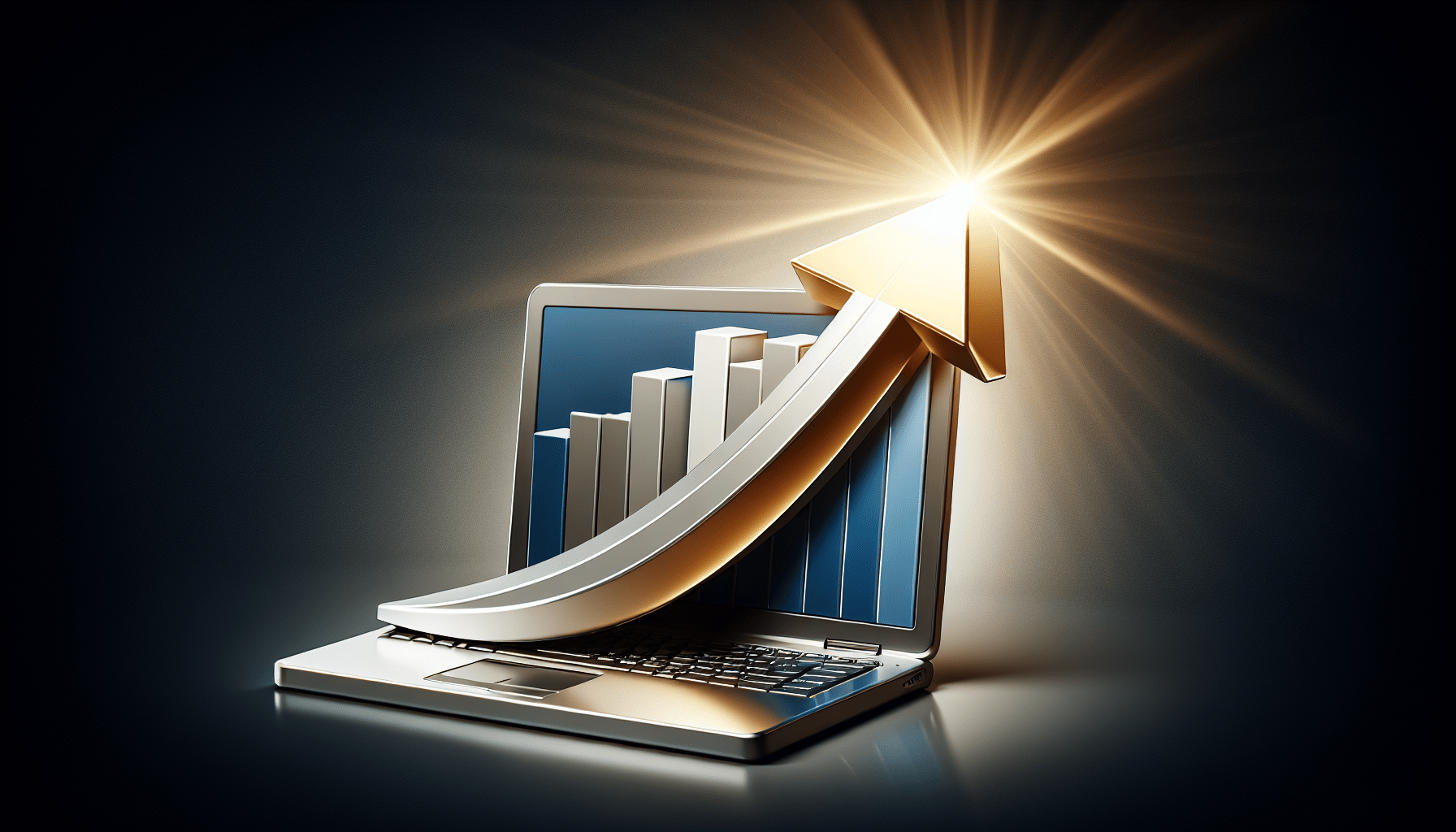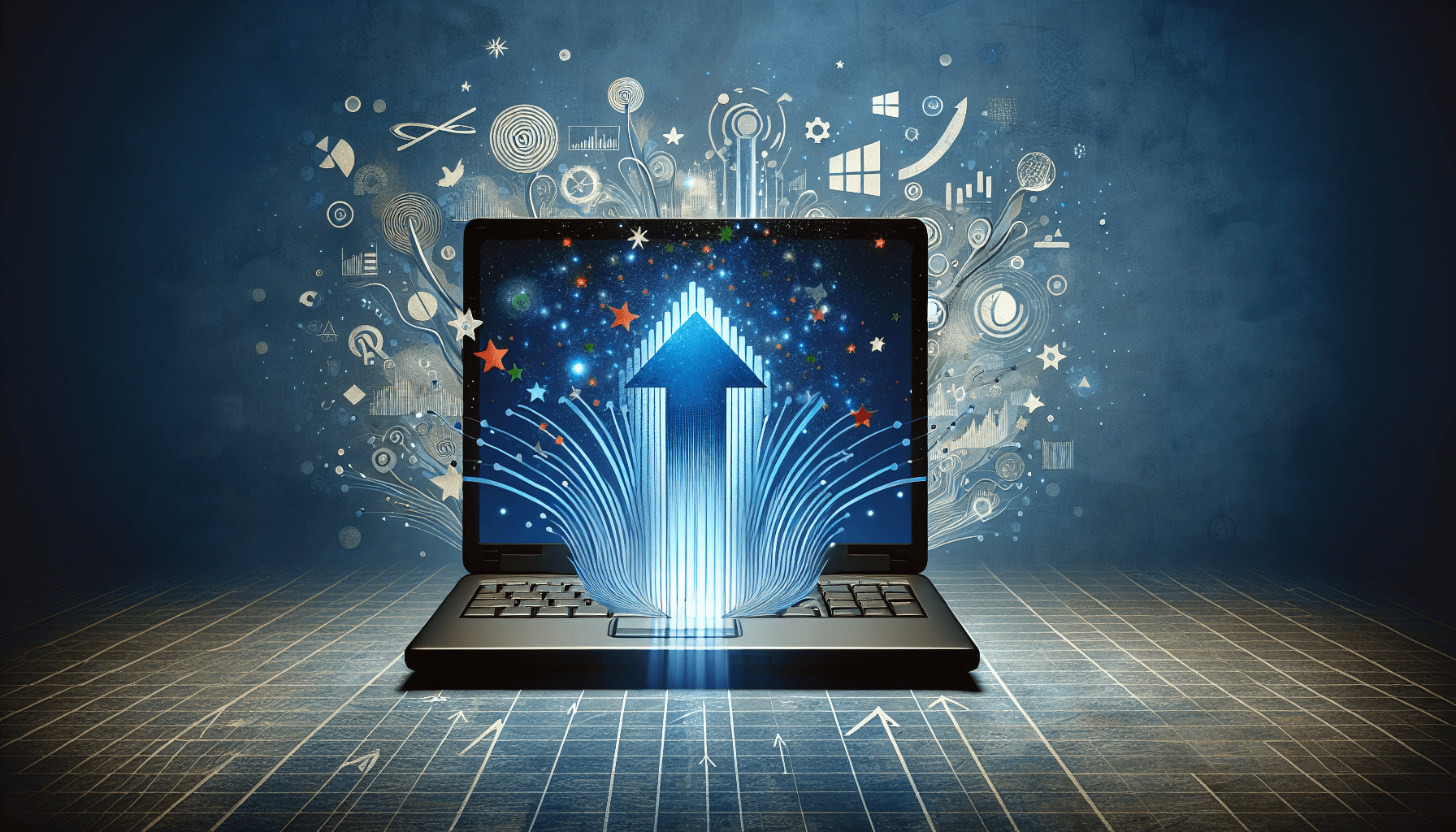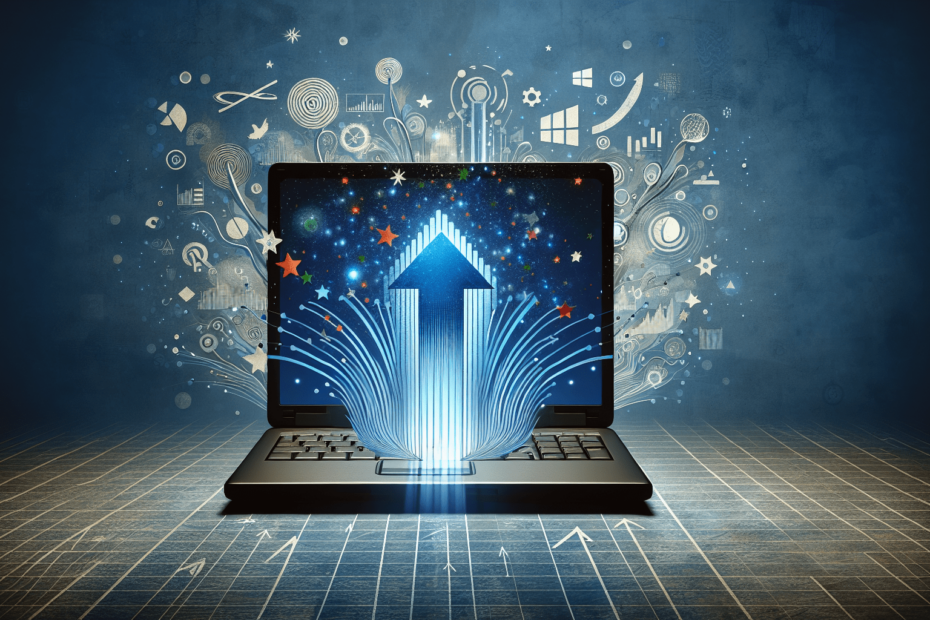







If you’re curious about whether or not you can update your laptop to Windows 10 without shelling out any extra cash, we’ve got good news for you. In this article, we’ll explore the possibility of upgrading your laptop to Windows 10 for free. So, if you’re eager to stay up-to-date with the latest technology without spending a dime, keep reading to find out more!

Windows 10 Upgrade Eligibility
Minimum System Requirements
Before upgrading to Windows 10, it is important to ensure that your laptop meets the minimum system requirements. These requirements include a 1 GHz or faster processor, 1 GB (32-bit) or 2 GB (64-bit) of RAM, 16 GB of available hard disk space, and a DirectX 9 graphics device with WDDM 1.0 or higher driver.
Eligibility for Free Upgrade
Microsoft offered a free upgrade to Windows 10 for eligible Windows 7 and Windows 8.1 devices. However, this free upgrade offer has now expired, and most users will need to purchase a Windows 10 license to upgrade their laptops. There are certain exceptions, such as assistive technology users, who can still upgrade for free.
Checking Your Laptop’s Eligibility
To check if your laptop is eligible for a free Windows 10 upgrade, you can use the “Get Windows 10” app. This app was available during the free upgrade period and allowed users to reserve their copy of Windows 10. If you have this app installed on your laptop, you can check your eligibility by opening the app and following the on-screen instructions.
Methods to Upgrade to Windows 10
Upgrade via Windows Update
If your laptop is eligible for a free Windows 10 upgrade, you can upgrade directly through Windows Update. This is the simplest and easiest method, as it allows you to download and install the upgrade with just a few clicks. To upgrade via Windows Update, you need to open the “Settings” app, go to “Update & Security,” and click on “Windows Update.” From there, you can click on “Check for updates” and follow the prompts to install Windows 10.
Creating Windows 10 Installation Media
Another method to upgrade to Windows 10 is by creating installation media. This involves downloading the Windows 10 ISO file from the Microsoft website and creating a bootable USB or DVD using a tool like Rufus or the Windows USB/DVD Download Tool. Once you have the installation media, you can boot from it and follow the on-screen instructions to upgrade to Windows 10.
Using the Media Creation Tool
The Media Creation Tool is an official Microsoft utility that simplifies the process of upgrading to Windows 10. It allows you to create installation media, upgrade your current installation, or perform a clean installation of Windows 10. The Media Creation Tool can be downloaded from the Microsoft website, and once downloaded, you can run the tool and follow the prompts to upgrade to Windows 10.
Windows 10 Upgrade Process
Backing Up Your Data
Before upgrading to Windows 10, it is crucial to back up all your important files and data. While the upgrade process is generally smooth, it is always wise to err on the side of caution and ensure that your data is safe in case of any unforeseen complications. You can back up your files to an external hard drive, USB flash drive, or cloud storage service.
Preparing Your Laptop
To ensure a successful upgrade to Windows 10, it is important to prepare your laptop properly. This includes ensuring that your laptop is connected to a power source to prevent any interruptions during the upgrade process. Additionally, you should close any open programs and save any unsaved work to avoid potential data loss.
Initiating the Upgrade
Once your laptop is prepared, you can proceed with initiating the upgrade to Windows 10. If you are upgrading via Windows Update, you can simply follow the on-screen prompts to begin the upgrade process. If you are using installation media, you will need to boot from the media and select the option to upgrade your current installation.
Following the On-Screen Instructions
Throughout the upgrade process, you will be presented with a series of on-screen instructions. It is important to carefully read and follow these instructions to ensure a smooth and successful upgrade to Windows 10. The on-screen instructions will guide you through the necessary steps, such as accepting the license terms, choosing the installation options, and configuring your settings.
Possible Complications During the Upgrade
Hardware and Software Incompatibility
One of the potential complications during the upgrade to Windows 10 is hardware and software incompatibility. Some older hardware components or software programs may not be compatible with Windows 10, which can result in issues or limitations in functionality. It is important to check for compatibility before upgrading and consider updating or replacing incompatible hardware or software.
Insufficient Disk Space
Another complication that can arise during the upgrade to Windows 10 is insufficient disk space. Windows 10 requires a certain amount of free space to install and function properly. If your laptop’s hard disk is nearly full, you may need to free up disk space by deleting unnecessary files or uninstalling unused programs before attempting the upgrade.
Network Issues
During the upgrade process, your laptop may require an internet connection to download necessary files and updates. If there are network connectivity issues, such as a slow or unstable internet connection, it can disrupt the upgrade process. It is advisable to ensure a stable and fast internet connection before initiating the upgrade to avoid any potential network-related complications.
Unsuccessful Installations
In rare cases, the upgrade to Windows 10 may encounter issues that prevent it from completing successfully. This can result in an incomplete or failed installation, which can be frustrating. In such cases, it may be necessary to troubleshoot the issue or seek assistance from Microsoft support to resolve the problem.

Resolving Upgrade Issues
Updating Drivers and Software
If you encounter any compatibility issues or performance problems after upgrading to Windows 10, updating drivers and software can often resolve these issues. Manufacturers often release updated drivers or software versions that are compatible with Windows 10. It is advisable to visit the manufacturer’s website and check for any available updates for your laptop’s drivers and software.
Freeing Up Disk Space
If you are experiencing disk space issues after upgrading to Windows 10, you can free up disk space by deleting temporary files, uninstalling unused programs, or running disk cleanup utilities. Windows 10 includes built-in tools that can help you identify and remove unnecessary files, such as the Disk Cleanup tool. By freeing up disk space, you can ensure smoother performance and avoid potential complications.
Troubleshooting Network Problems
If you are facing network-related issues after upgrading to Windows 10, such as slow internet speed or frequent connection drops, there are several troubleshooting steps you can follow. These include restarting your modem and router, checking for driver updates for your network adapter, disabling unnecessary network protocols, and performing network diagnostics using the built-in troubleshooting tools in Windows 10.
Windows 10 Licensing
Digital Entitlement
Windows 10 introduces a new licensing model called digital entitlement. This means that once your laptop is upgraded to Windows 10 and activated, your device is digitally entitled to run Windows 10 without the need for a product key. This allows for easier reinstallation or system reset without the hassle of entering a product key each time.
Product Key Activation
In some cases, such as when performing a clean installation of Windows 10 or transferring the license to a new device, you may need to enter a product key to activate Windows 10. The product key is a unique alphanumeric code provided with a valid Windows 10 license. It is important to keep the product key in a safe place, as it may be required for certain activation scenarios.
Troubleshooting License Activation
If you encounter any issues with license activation, such as an error message stating that your Windows 10 is not activated, there are several troubleshooting steps you can try. These include running the activation troubleshooter, ensuring that your internet connection is working properly, and contacting Microsoft support for further assistance.
Benefits of Upgrading to Windows 10
Improved Performance
One of the major benefits of upgrading to Windows 10 is improved performance. Windows 10 includes various optimizations and enhancements that can result in faster boot times, quicker application launches, and smoother overall system performance. The operating system is designed to utilize system resources more efficiently, leading to a more responsive and efficient laptop experience.
Enhanced Security Features
Windows 10 introduces several enhanced security features compared to previous versions of Windows. These include Windows Hello, which allows you to log in using biometric data such as facial recognition or fingerprint scanning, and Windows Defender, a built-in antivirus and antimalware solution. Windows 10 also receives regular security updates and patches, helping to keep your laptop protected against the latest threats.
New Features and Updates
Upgrading to Windows 10 brings a host of new features and updates. These include a revamped Start Menu, a new and improved Microsoft Edge web browser, the Cortana virtual assistant, the ability to run Universal Windows Platform (UWP) apps, and compatibility with the latest hardware and peripherals. Windows 10 also receives regular feature updates, ensuring that you have access to the latest innovations and improvements.
Considerations Before Upgrading
Compatibility with Software and Hardware
Before upgrading to Windows 10, it is important to consider the compatibility of your existing software and hardware. Some older programs or devices may not be compatible with Windows 10, and you may need to update or replace them to ensure compatibility. It is advisable to check the manufacturer’s website or contact their support for information on Windows 10 compatibility before proceeding with the upgrade.
Data Backup
As mentioned earlier, backing up your data is crucial before upgrading to Windows 10. While the upgrade process is generally smooth, there is always a risk of data loss or corruption. By backing up your files, you can ensure that your important data is safe and easily recoverable in case of any unforeseen complications during the upgrade.
Internet Speed
The upgrade to Windows 10 may involve downloading large files, updates, and installation packages, depending on the method you choose. It is important to consider your internet speed and ensure that it is fast enough to handle these downloads without significant delays or interruptions. If you have a slow internet connection, it may be a good idea to upgrade using installation media instead of relying on Windows Update.
Personal Preferences
Finally, it is important to consider your personal preferences before upgrading to Windows 10. Windows 10 introduces a new user interface and user experience compared to previous versions of Windows. It is advisable to familiarize yourself with the changes and new features of Windows 10 and ensure that it aligns with your preferences and workflow.
Alternatives to Windows 10 Upgrade
Staying with Your Current Operating System
If you are satisfied with your current operating system and do not require the new features or improvements offered by Windows 10, you can choose to stay with your current OS. As long as your current operating system is receiving security updates and support from the manufacturer, you can continue using it without any immediate need to upgrade.
Exploring Other Operating Systems
Alternatively, you may consider exploring other operating systems if you are looking for a change or if your laptop’s hardware is incompatible with Windows 10. There are several alternative operating systems to choose from, such as Linux distributions like Ubuntu or macOS for Apple devices. It is important to research and consider the compatibility, features, and support available for these alternative operating systems before making a decision.
Conclusion
In conclusion, the decision to upgrade your laptop to Windows 10 is a personal one that depends on various factors such as compatibility, preferences, and the need for new features and improvements. It is important to ensure that your laptop meets the minimum system requirements and consider carefully before proceeding with the upgrade. By following the recommended methods, preparing your laptop, and addressing any potential complications, you can enjoy the benefits of Windows 10 and make an informed choice that suits your needs.





